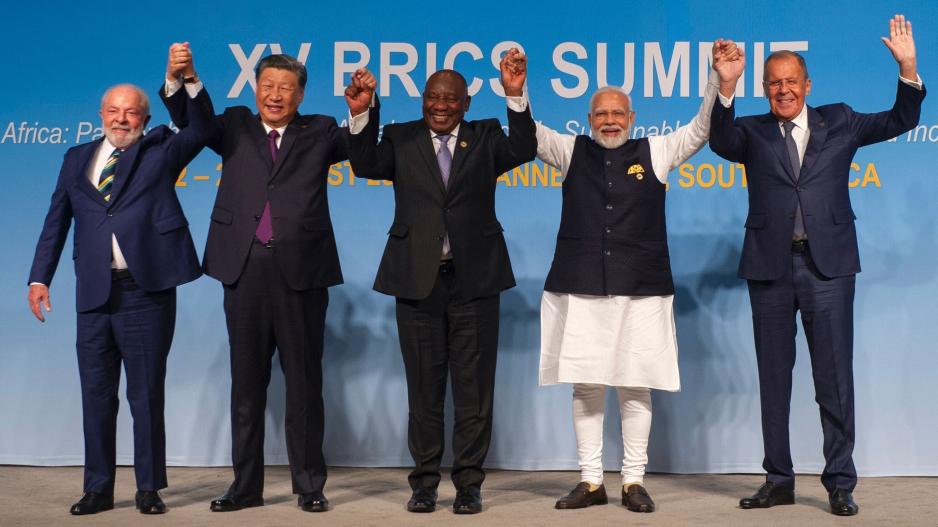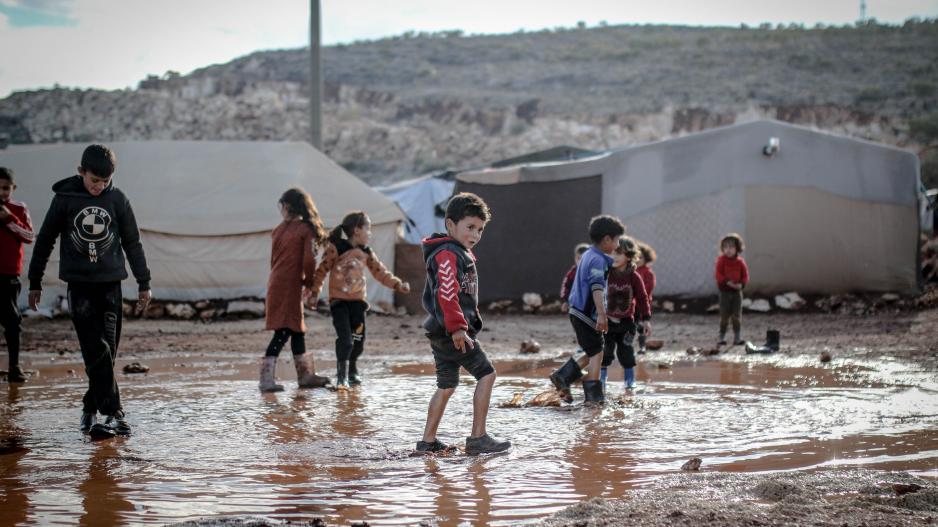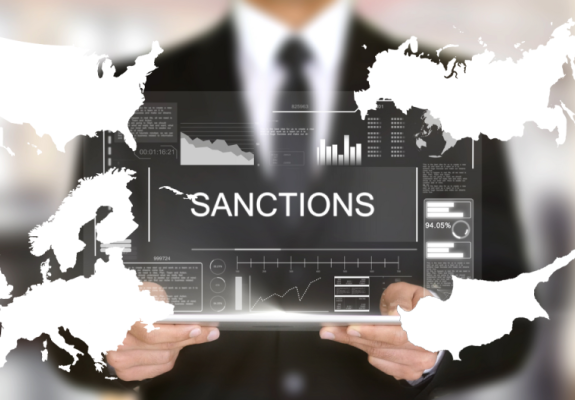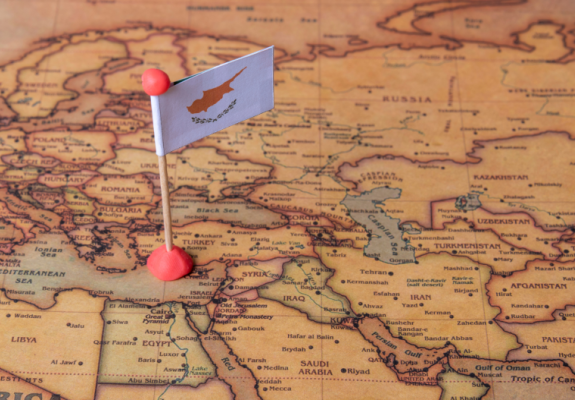Asia Faces Setback in Poverty Reduction Due to Pandemic and Rising Costs
Meanwhile, Emerging Powerhouse BRICS Expands Membership
The Asian Development Bank (ADB) released a concerning report, revealing that the twin challenges of the recent coronavirus pandemic and escalating living costs have thrust an additional 70 million individuals in developing Asia into extreme poverty in the past year. This surge undermines prior efforts directed at alleviating poverty in the region.
Based on ADB's estimates, approximately 3.9% of the population in developing Asia, translating to 155.2 million people, now grapple with extreme poverty. Distressingly, this figure is 67.8 million higher than previous predictions, which did not account for the health and economic crises.
The term "developing Asia" as used by ADB encompasses 46 economies in the Asia-Pacific realm. Notably, it excludes major players like Japan, Australia, and New Zealand.
ADB's chief economist, Albert Park, commented on the region's challenges, stating, "While Asia and the Pacific show signs of recovery from the coronavirus pandemic, the escalating living cost crisis threatens the strides made in poverty eradication."
For context, the ADB identifies those living in extreme poverty as individuals subsisting on less than $2.15 a day, a benchmark set using 2017 data.
Last year's inflation rates soared to unprecedented levels in numerous regional countries. This surge can be attributed not only to a rebound in economic activities but also to persistent supply chain issues.
These inflationary pressures have universally affected residents, but unsurprisingly, the impoverished bear the brunt. Many among the poor now allocate a disproportionately larger fraction of their income to essentials like food and fuel, leaving them struggling to afford crucial services, including healthcare and education.
However, there's a silver lining. Albert Park believes that by fortifying social welfare systems for the underprivileged and promoting innovation and investment that spawn growth and job opportunities, governments can redirect their trajectory towards progress.
On a brighter note, the ADB projected a promising 4.8% annual growth rate for Asia this year, outpacing the 4.2% of 2022.
Yet, challenges persist. Even with expected economic advancements in developing Asia, the ADB's projections warn that by 2030, a staggering 30.2% of the region's populace, equivalent to about 1.26 billion people, could still remain economically vulnerable.

Meanwhile, the influential group known as BRICS, which stands for Brazil, Russia, India, China, and South Africa, has extended invitations to Saudi Arabia, Iran, Ethiopia, Egypt, Argentina, and the United Arab Emirates. This strategic move aims to bolster the coalition's global impact.
The decision to widen the group's membership may act as a precedent, potentially welcoming dozens more nations eager to join. BRICS represents a formidable bloc in the global landscape, comprising countries that currently account for a significant portion of the world's wealth and population.
South African President Cyril Ramaphosa, who presided over the latest BRICS summit held in Johannesburg, announced that the newly invited members would officially join on January 1, 2024. Speaking at a joint press conference, Ramaphosa said, "This summit marks the beginning of a new chapter for BRICS."
While there was unanimous agreement within BRICS about the importance of expansion, the leaders had differing views on the number of countries to admit and the speed of their incorporation.
It's noteworthy that nearly 40 nations have shown interest or formally requested membership in BRICS. This surge in interest highlights the coalition's growing significance. After all, the current BRICS nations collectively produce a quarter of the world's total wealth and are home to 42% of the world's population, emphasizing their central role in global affairs.






